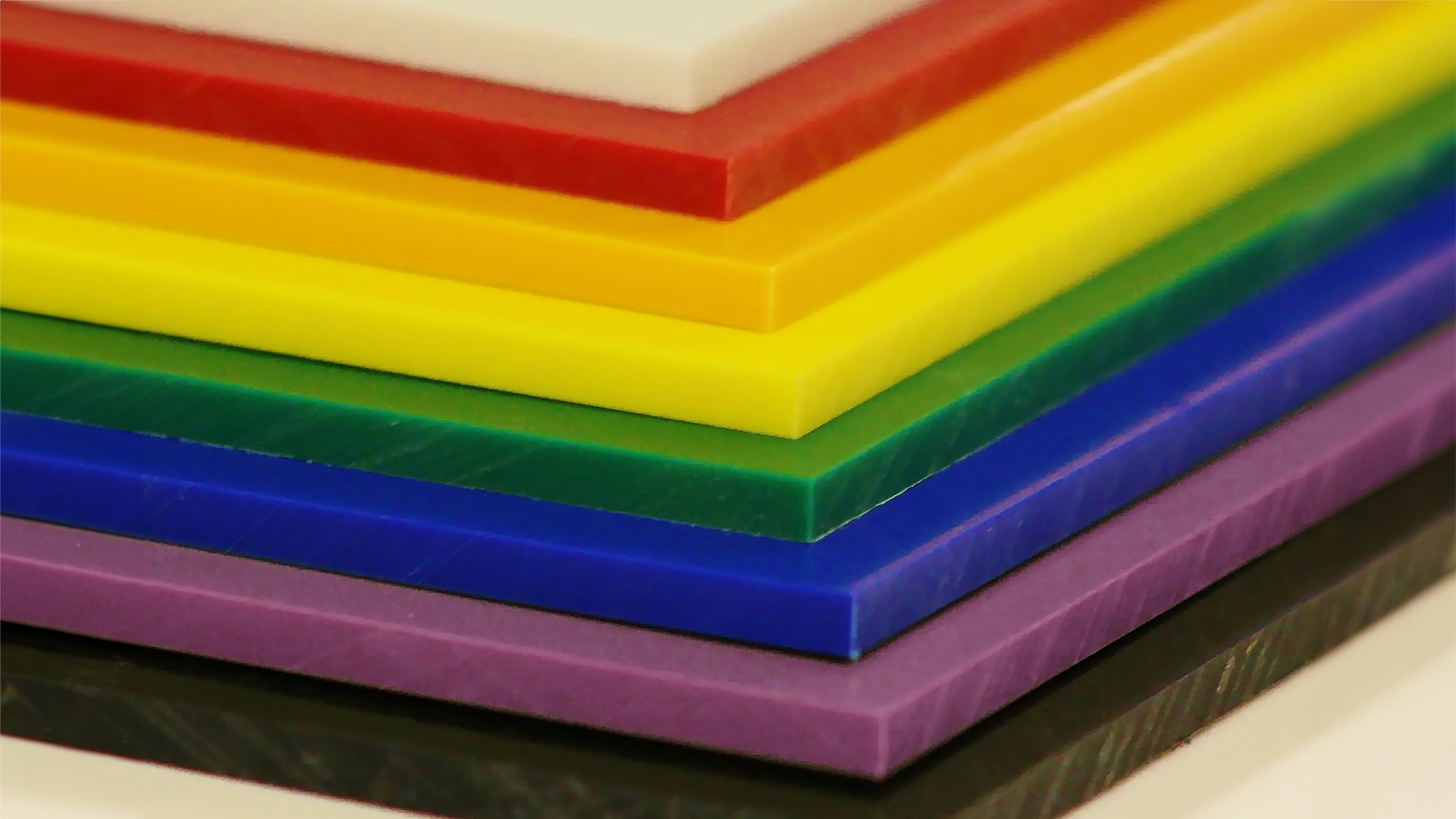
Feed rate, Spindle speed, depth of cut, type of cutter: discover all the tips you need to effectively mill aluminium using your CNC machine.
Quentin Liard
Customer Support

Softwood is a type of wood that is derived from trees with needle-like or scale-like leaves, such as conifers. They are commonly used in construction, furniture making, and as raw materials for paper production. Softwoods are known for their straight grain and uniform texture, making them easy to work with and finish.
Examples of softwoods: PINE, SPRUCE, CEDAR, FIR...
Softwoods are easily milled on EVO and they allow room for variations in parameters without danger. You can reach a feed of around 3,000 mm/min in optimal conditions, even faster. Use passes not deeper than half the tool's diameter and ramps to enter the materials. Your goal is to obtain chips and not dust out of the cut: nice thin chips are a good indicator of good cutting parameters.
But remember: always start with safe parameters and increase them progressively to find the sweet spot for your own setup.
Softwoods are easily milled on PRO and FAB. You can set relatively high feed rates as long as your chip load stays in the required levels.
Use passes not deeper than the tool's diameter and ramps to enter the materials. Your goal is to obtain chips and not dust out of the cut: well formed but not too warm chips are the indicator of perfect cutting parameters.
You can find here a link to a feed and speed calculator for the most classic materials, and safe values adapted to each of our machines.
MEKANIKA CNC FEED & SPEED CALCULATOR
IMPORTANT NOTE: this is made to help you find parameters for your milling, but you should always think by yourself and enter cutting parameters that are matching your own setup. Calculating the theoretical values in this table is easy, but many parameters in your setup may make them unfit for your case. Always start with low engagement and speed, and test deeper/quicker parameters progressively.
Mekanika is a Belgian company based in Brussels whose ambition is to make local production more accessible thanks to a 100% open-source approach.
We design and produce high quality machines for CNC milling and screen printing, which have been recognized for their reliability and ease of use. Our tools are delivered as kits and fully documented, allowing to easily adapt them to specific needs.
Visit our shop to find out more, or check out our online resources and tutorials to continue learning.

Feed rate, Spindle speed, depth of cut, type of cutter: discover all the tips you need to effectively mill aluminium using your CNC machine.
Quentin Liard
Customer Support

Feed rate, Spindle speed, depth of cut, type of cutter: discover all the tips you need to effectively mill hardwoods using your CNC machine.
Quentin Liard
Customer Support

Feed rate, Spindle speed, depth of cut, type of cutter: discover all the tips you need to effectively mill HDPE using your CNC machine.
Quentin Liard
Customer Support